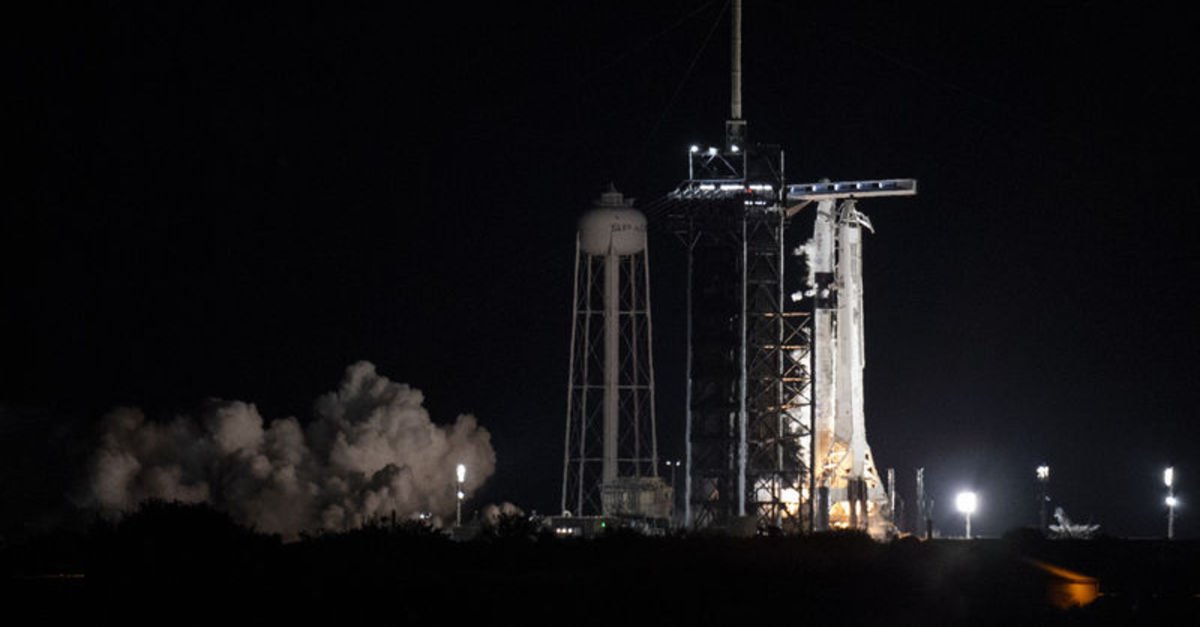In a written statement from NASA, it was stated that during the mission, one of the two giant solar panels of Lucy, which will examine the Trojan asteroids that share the orbit of the gas giant Jupiter, was not fully opened, and it was discussed whether the panel entangled in a cord could be repaired.
It was stated that the problem experienced in the flight, which cost about 1 billion dollars, emerged on the day of the 12-year journey of the spacecraft, shortly after it took off.
In the statement, it was stated that one of Lucy’s 7-meter-diameter circular solar panel could only open between 75 and 95 percent, and that the attempt to reopen the wing could not take place before mid-November.
Emphasizing that the problem on the wing did not affect Lucy’s ongoing journey, which is about 6 million kilometers away, it was noted that there was no rush to find the next step for this reason.
It was noted that Lucy’s mission, which was sent to the depths of space by Atlas V rocket on October 16 from Cape Canaveral Space Force Station in Florida, was to “gather important information about the emergence of the Solar System”.
NASA’s mission takes its name from the 3.2-million-year-old fossil that US paleoanthropologists Donald Johanson and Tom Gray found in 1974 in the Afar region of northeastern Ethiopia.
–


